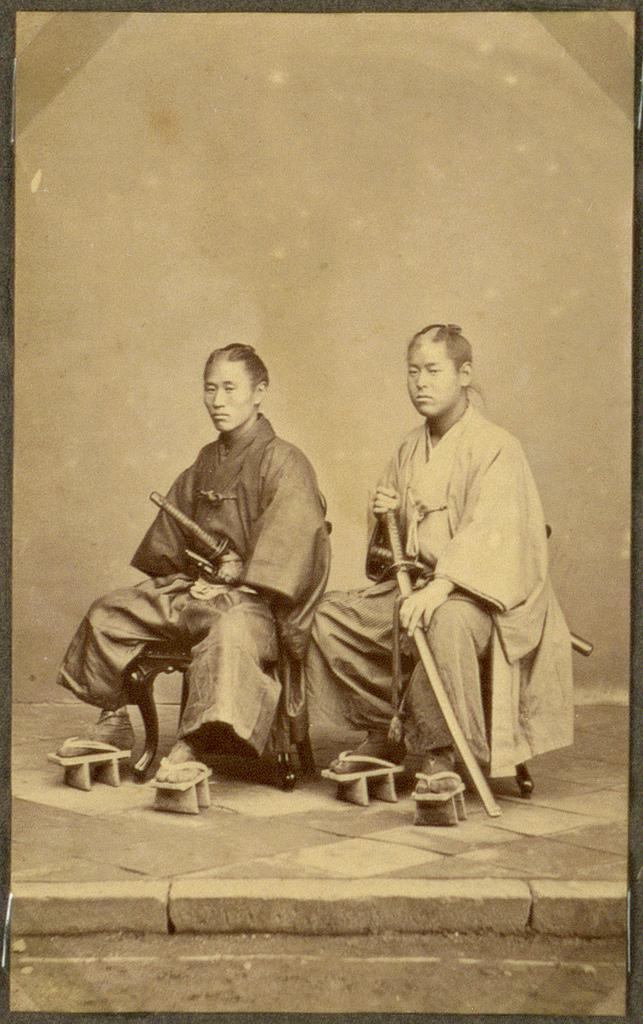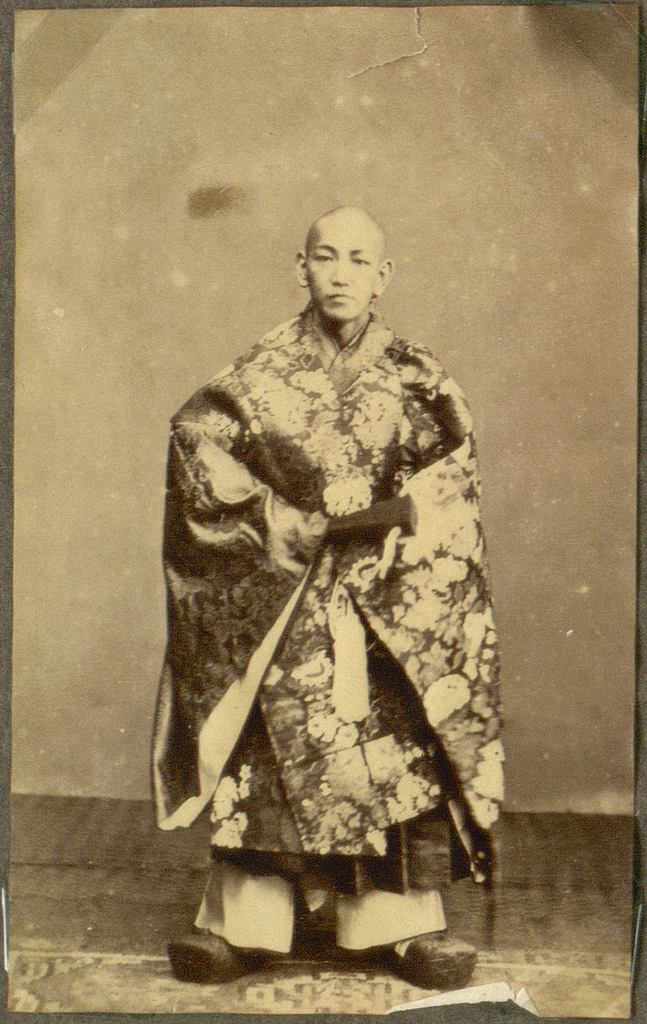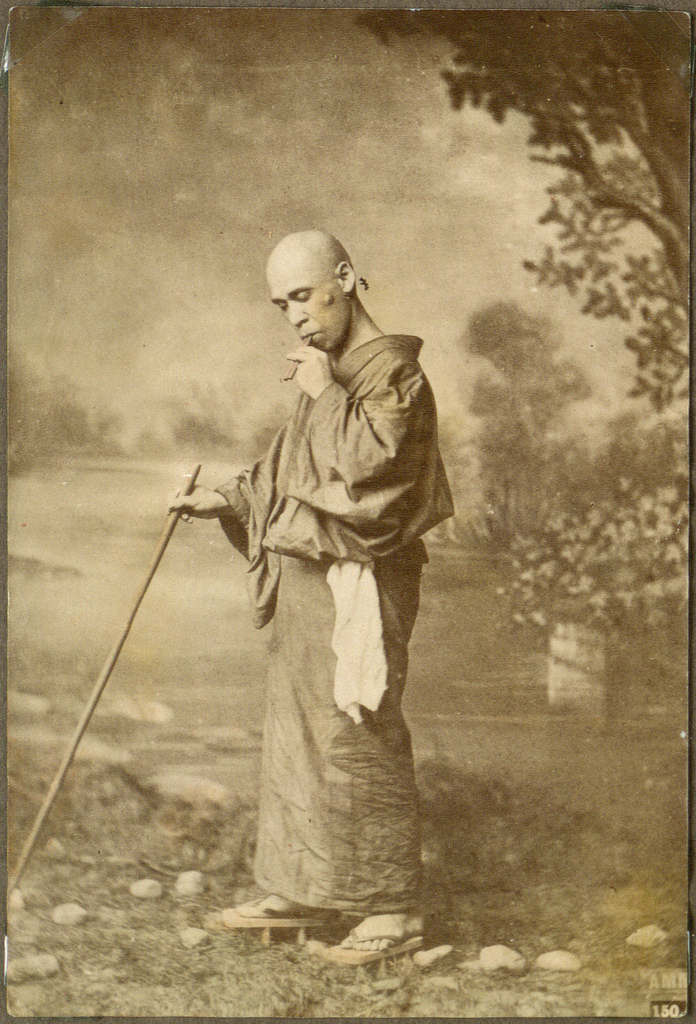A HANDFUL OF CENTIMETRES can have a lot of power in the business of shoes. Recognising a market for well-designed, well-made men’s ‘heels’, Jennen Ngiau-Keng’s began his company Taller Shoes in 2007 and now offers a range of over one hundred elevated men’s shoes. The names of each of the shoes – Mr Debussy, or Mr Mozart – are a nod to Jennen’s career as a professional violinist: he’s played for the Australian Chamber Orchestra and the Melbourne Symphony Orchestra among others. The company stocks a range, from black formalwear shoes to boating loafers, each of which add between five and thirteen centimetres to the wearer’s height with a reinforced insole.
Not only do the shoes appeal to height-challenged customers (including celebrities), but also attract men working in security and law enforcement, highlighting a link not only between height and confidence, but also with power. Even so, the website still has to reassure their customer with ‘discreet packaging’, orders arrive anonymous and free from Taller branding. Body enhancement products, though readily accepted by parallel female markets, are reluctant to take off for men. Jennen hopes elevated shoes will simply become the new normal, a boost of confidence without the social stigma. Speaking with Vestoj, the designer and entrepreneur explains how the shoes work, what made him start his own company and what it takes to feel comfortable within your own centimetres.

***
I remember looking up celebrity heights online and there was an American advertisement that kept coming up claiming that Tom Cruise or Mark Wahlberg wore elevated shoes, so I decided to buy a pair from the States to try. I’m five foot seven inches and my partner at the time was taller than me when wearing heels, particularly when we used to perform on stage together. I realised that a lot of men faced the same issue with partners in heels and I saw a market to bring them to Australia, but to incorporate better quality and design.
When I began Taller Shoes I designed eight styles and began with an order of six hundred pairs. The shoes themselves are an adaptation of a normal shoe – a sneaker, for example, which fits a thin insole. Taller Shoes have a much thicker, elevated insole that goes into the shoe in the same way, but if you were to put a thick insole into a normal shoe you can’t fit your foot inside and it slips out. So our shoes are designed to be higher at the heel of the shoe creating space to accommodate the raised insole. In designing the shoes we look at what’s on trend but we’re also mindful of what styles suit the structure of the elevated insole. There are a lot of styles that wouldn’t work: for example, more streamlined, narrow shapes don’t work. The shoes are made in our factory in China: for each shoe there are about twelve different people involved the making process. Then we try them on and see how they look, there’s a lot of back and forth with the factory in tweaking the samples.

We’ve built on the original styles seasonally but also through feedback from customers – hearing what they like has been hugely important to the growth of Taller. In order to keep the business sustainable we have to cater to a wide audience, so we have a broad range of designs. I’m quite out there with my taste in fashion – I like to look a bit different – but I find I have to be more restrained when I design for Taller to cater to a more conservative man. I have a few more adventurous styles but they are slower moving in the range; the majority of customers are more subdued in their taste.
In the beginning you learn about the business and what’s important to your customers. I had a few people email me complaining that they had the shoes delivered to their work, because they didn’t want people to know they were wearing these types of shoes. It can be difficult to market ourselves when our customers want their purchase to be discreet, but I guess men just don’t want others to know they’re wearing elevated shoes. We have a lot of shy customers that prefer to buy online rather than come into our stores, but we send all our packages discreetly to satisfy this.

A lot of the customers are women who come in with their male partners, particularly for special occasions like weddings, and our best sellers are black formal shoes. Word of mouth is also very important for our business, especially where men don’t openly want to talk about wearing the product. Before we were doing a lot of advertising in Men’s magazines like GQ, Men’s Health and fitness periodicals, but in fact we did much better when we advertised in women’s magazines.
I also realised there was a big market in the security industry, for police officers and bouncers for example. Customers that might already be tall, but want that extra height to give them a sense of power, and as a result we’ve increased our sizes to go up to size twelve. The reason for buying our shoes might be the height of your partner, or your job, but what’s most important is that we give our customers a sense of confidence. It’s amazing, I’ve had smaller guys come in and you see the change in them; they leave and they’re happy and smiling. I think a powerful person is someone who has a strong presence. In the end this is all in the mind and how you feel about yourself carries through to how you present yourself. To me, a powerful person is someone with a lot of self-confidence, someone who is self assured and without hang-ups. This is an alpha person: confident in the way they walk and move. Ultimately, it doesn’t depend on how tall you are at all. The extra few centimetres is more about a psychological difference. I used to be more self-conscious and thought I needed to be taller, but as I’ve become more confident in myself, height doesn’t make a difference anymore, and that’s a nice realisation.
Laura Gardner is Vestoj’s former Online Editor and a writer in Melbourne.